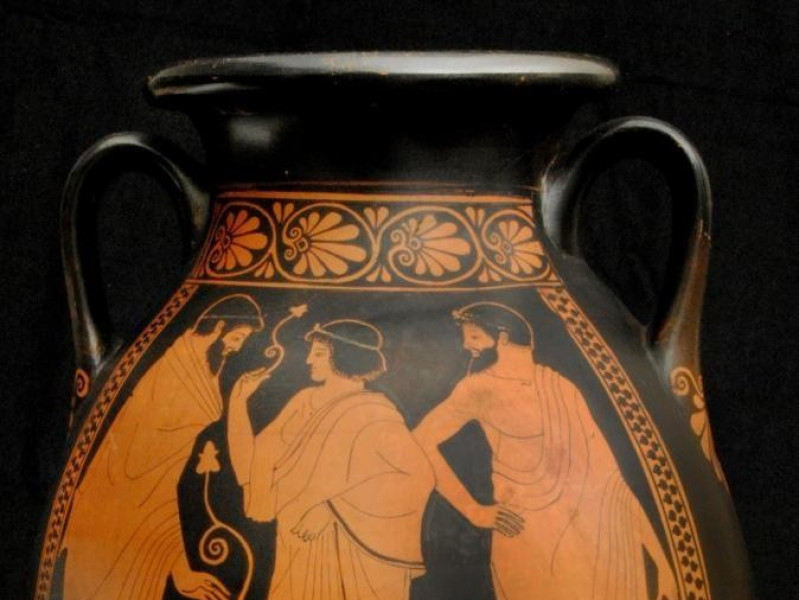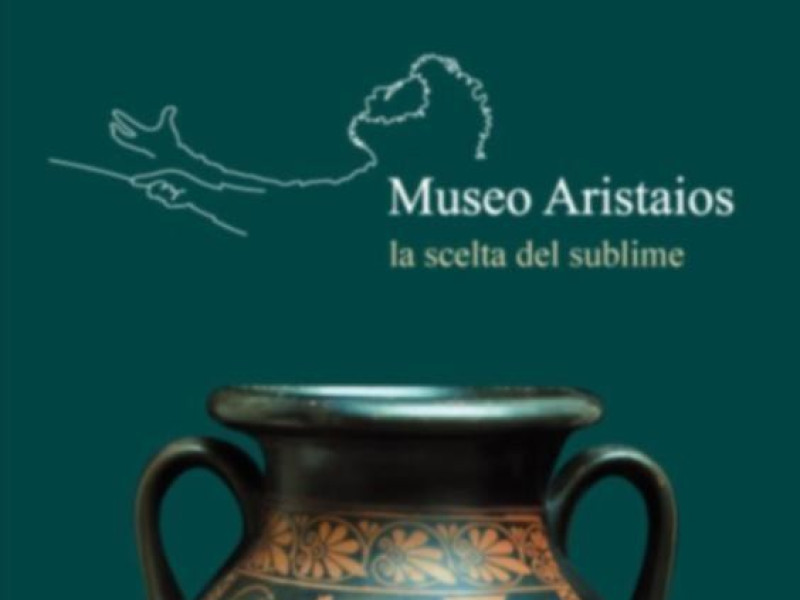Museo Aristaios
Opened on 11 December 2012, the result of the enhancement signed June 22, 2012 between the Ministry of Culture, Regional Directorate for Cultural Heritage and Landscape in Lazio, Roma Capitale Department of Cultural Affairs and Historical Center and Fondazione Musica per Roma and implementation as agreed in the agreement to purchase the collection signed on 30 November 2010.
The Hall of the peduncle, a space of over 300 square meters in the Auditorium welcomes permanently 161 works purchased by the Ministry of Heritage and Cultural Activities by the heirs of Maestro Giuseppe Sinopoli.
The 161 works on display are mainly ceramics that cover a period between the nineteenth and the third century BC, copies of the production Minoan, Mycenaean, Geometric, Corinthian, laconic, greek-east, Attic black-figure and red-figure Italiot red and indigenous pottery production Daunia (Apulia).
They are also exposed: a vessel production marble Cycladic (3200-2700 BC), pottery and bronze Etruscan Magna greek and a substantial number of terracotta age Minoan and Mycenaean to the Hellenistic period. It is mainly votive statuettes depicting deities and devotees, but also animals (cattle, a dove). Among the figurines is to report a fragmentary stone kouros, archaic, of production in Cyprus.
Exceptional quality specimens attributable to the manufacturing Attic: there are works by leading painters with black figures, including Lydos, the Painter of Lysippides, members of the circle of Nikostenes, and Attic red-figure painters, such as the painter and Syleus Eretria.
Topics include mythological themes, with particular reference to the world of Dionysus Dionysus, satyrs and maenads; Centaurs appear in the fight against Lapiths, Nike, Zeus, Hera and Athena also fighting against the giants (gigantomachia) but also present in the starting scenes of warriors / heroes for battle or athletic environment; there are different representations that relate to athletic competitions (jumping, running on foot and horseback, throwing the rod) and the heroic world (the labors of Herakles, Odysseus escaping from the antrum of Polyphemus).
At the Dionysian world also takes inspiration from the figurative repertoire of Italian red-figure production, which prefers genre characterized by the Dionysian retinue; Another trend is that the depictions of the deceased eroizzati: it is exclusively funerary vases destination, highlighted by the fact that in some cases have been specifically designed without the bottom, thus being devoid of features.
In the group of materials are distinguished by, among others, some unusual pieces like a cube of painted terracotta concave sides of uncertain intended use, perhaps a game for kids or a jug of dough with spout, perhaps to be identified with a bottle .
Each period is represented by pieces of excellence, not always and not only from the aesthetic point of view, but as a testimony of important stages of transition that led to the birth and development of different cultures; Books that contain knowledge of the tradition and elements of the new.


